
Role of Self-Service in CRM: Customer & Partner Portals for Automation
Last updated: November 11, 2025 Read in fullscreen view
- 21 Nov 2025
 Top 8 Cloud Transformation Companies in USA in 2026 30/48
Top 8 Cloud Transformation Companies in USA in 2026 30/48 - 18 Oct 2020
 How to use the "Knowns" and "Unknowns" technique to manage assumptions 21/989
How to use the "Knowns" and "Unknowns" technique to manage assumptions 21/989 - 01 Oct 2020
 Fail fast, learn faster with Agile methodology 13/973
Fail fast, learn faster with Agile methodology 13/973 - 12 Oct 2022
 14 Common Reasons Software Projects Fail (And How To Avoid Them) 10/504
14 Common Reasons Software Projects Fail (And How To Avoid Them) 10/504 - 02 Oct 2022
 The Real Factors Behind Bill Gates’ Success: Luck, Skills, or Connections? 8/300
The Real Factors Behind Bill Gates’ Success: Luck, Skills, or Connections? 8/300 - 19 Oct 2021
 Is gold plating good or bad in project management? 7/754
Is gold plating good or bad in project management? 7/754 - 10 Nov 2022
 Poor Code Indicators and How to Improve Your Code? 7/213
Poor Code Indicators and How to Improve Your Code? 7/213 - 28 Jul 2022
 POC, Prototypes, Pilots and MVP: What Are the Differences? 6/606
POC, Prototypes, Pilots and MVP: What Are the Differences? 6/606 - 01 Mar 2023
 Bug Prioritization - What are the 5 levels of priority? 6/207
Bug Prioritization - What are the 5 levels of priority? 6/207 - 06 Feb 2021
 Why fail fast and learn fast? 6/375
Why fail fast and learn fast? 6/375 - 13 Oct 2021
 Outsourcing Software Development: MVP, Proof of Concept (POC) and Prototyping. Which is better? 6/424
Outsourcing Software Development: MVP, Proof of Concept (POC) and Prototyping. Which is better? 6/424 - 14 Aug 2024
 From Steel to Software: The Reluctant Evolution of Japan's Tech Corporates 6/488
From Steel to Software: The Reluctant Evolution of Japan's Tech Corporates 6/488 - 05 Aug 2024
 Revisiting the Mistake That Halted Japan's Software Surge 5/320
Revisiting the Mistake That Halted Japan's Software Surge 5/320 - 07 Oct 2025
 Case Study: Using the “Messaging House” Framework to Build a Digital Transformation Roadmap 5/45
Case Study: Using the “Messaging House” Framework to Build a Digital Transformation Roadmap 5/45 - 05 Mar 2021
 How do you minimize risks when you outsource software development? 5/317
How do you minimize risks when you outsource software development? 5/317 - 31 Aug 2022
 What are the best practices for software contract negotiations? 5/215
What are the best practices for software contract negotiations? 5/215 - 04 Oct 2022
 Which ERP implementation strategy is right for your business? 4/278
Which ERP implementation strategy is right for your business? 4/278 - 14 Oct 2021
 Advantages and Disadvantages of Time and Material Contract (T&M) 4/789
Advantages and Disadvantages of Time and Material Contract (T&M) 4/789 - 21 Jun 2022
 Difference between Quality and Grade 4/697
Difference between Quality and Grade 4/697 - 05 Sep 2023
 The Cold Start Problem: How to Start and Scale Network Effects 3/167
The Cold Start Problem: How to Start and Scale Network Effects 3/167 - 01 Dec 2023
 Laws of Project Management 3/249
Laws of Project Management 3/249 - 18 Aug 2022
 What are the consequences of poor requirements with software development projects? 3/242
What are the consequences of poor requirements with software development projects? 3/242 - 12 Dec 2021
 Zero Sum Games Agile vs. Waterfall Project Management Methods 3/373
Zero Sum Games Agile vs. Waterfall Project Management Methods 3/373 - 18 Jul 2021
 How To Ramp Up An Offshore Software Development Team Quickly 3/516
How To Ramp Up An Offshore Software Development Team Quickly 3/516 - 08 Oct 2022
 KPI - The New Leadership 3/557
KPI - The New Leadership 3/557 - 31 Oct 2021
 Tips to Fail Fast With Outsourcing 3/375
Tips to Fail Fast With Outsourcing 3/375 - 23 Sep 2021
 INFOGRAPHIC: Top 9 Software Outsourcing Mistakes 2/411
INFOGRAPHIC: Top 9 Software Outsourcing Mistakes 2/411 - 17 Feb 2022
 Prioritizing Software Requirements with Kano Analysis 2/280
Prioritizing Software Requirements with Kano Analysis 2/280 - 28 Dec 2021
 8 types of pricing models in software development outsourcing 2/417
8 types of pricing models in software development outsourcing 2/417 - 28 Oct 2022
 Build Operate Transfer (B.O.T) Model in Software Outsourcing 2/361
Build Operate Transfer (B.O.T) Model in Software Outsourcing 2/361 - 04 Oct 2021
 Product Validation: The Key to Developing the Best Product Possible 2/295
Product Validation: The Key to Developing the Best Product Possible 2/295 - 13 Dec 2020
 Move fast, fail fast, fail-safe 2/292
Move fast, fail fast, fail-safe 2/292 - 10 Dec 2023
 Pain points of User Acceptance Testing (UAT) 2/416
Pain points of User Acceptance Testing (UAT) 2/416 - 01 May 2024
 Warren Buffett’s Golden Rule for Digital Transformation: Avoiding Tech Overload 2/188
Warren Buffett’s Golden Rule for Digital Transformation: Avoiding Tech Overload 2/188 - 09 Oct 2023
 Case Study: Amazon's Evolution in Retail 1/236
Case Study: Amazon's Evolution in Retail 1/236 - 16 Sep 2022
 Examples Of Augmented Intelligence In Today’s Workplaces Shaping the Business as Usual 1/394
Examples Of Augmented Intelligence In Today’s Workplaces Shaping the Business as Usual 1/394 - 06 Nov 2025
 DataOps: The Next Frontier in Agile Data Management 1/34
DataOps: The Next Frontier in Agile Data Management 1/34 - 26 Dec 2023
 Improving Meeting Effectiveness Through the Six Thinking Hats 1/205
Improving Meeting Effectiveness Through the Six Thinking Hats 1/205 - 05 Jan 2024
 Easy ASANA tips & tricks for you and your team 1/180
Easy ASANA tips & tricks for you and your team 1/180 - 11 Jan 2024
 What are the Benefits and Limitations of Augmented Intelligence? 1/434
What are the Benefits and Limitations of Augmented Intelligence? 1/434 - 12 Aug 2024
 Understanding Google Analytics in Mumbai: A Beginner's Guide 1/84
Understanding Google Analytics in Mumbai: A Beginner's Guide 1/84 - 19 Apr 2021
 7 Most Common Time-Wasters For Software Development 1/525
7 Most Common Time-Wasters For Software Development 1/525 - 19 Oct 2021
 Software development life cycles /628
Software development life cycles /628 - 06 Nov 2019
 How to Access Software Project Size? /236
How to Access Software Project Size? /236 - 14 Mar 2024
 Why should you opt for software localization from a professional agency? /117
Why should you opt for software localization from a professional agency? /117 - 12 Mar 2024
 How do you create FOMO in software prospects? /127
How do you create FOMO in software prospects? /127 - 09 Sep 2025
 Aligning BI Dashboards with KPIs: A Business + Data Collaboration Guide /50
Aligning BI Dashboards with KPIs: A Business + Data Collaboration Guide /50 - 31 Jul 2025
 Top WooCommerce Pre-Order Plugins with Countdown & Discounts /70
Top WooCommerce Pre-Order Plugins with Countdown & Discounts /70 - 06 Mar 2024
 [SemRush] What Are LSI Keywords & Why They Don‘t Matter /131
[SemRush] What Are LSI Keywords & Why They Don‘t Matter /131
In this digital age, partners and customers are looking for fast and easily accessible information. They prefer to solve their problems themselves rather than having to wait for assistance. That's all have been possible because of the self-service in CRM.
For example, customers and partners can be offered the tools they require to get their questions answered and track their orders using customer and partner portals.
This method not only increases the trendy nature of the user experience — but it also lets businesses work more effectively by cutting the amount of support that a team has to deal with. Read on to find out the significance of Self-Service in CRM in 2025.
Understanding Self-Service in CRM
Self-service in CRM allows users to address their own concerns without requiring company personnel to directly help them. This feature is available in both the customer and the partner portals. But what are customer and partner portals? Let’s understand:
Customer Portal
Customer portal enables the customers to manage their accounts, track orders and find answers to questions without the need to contact support. It provides an access to invoices, shipping details and even product guides all in one location.
Customers can also submit tickets or access a knowledge base to get their problems resolved. These portals are active 24/7, cutting down on calls or emails. An optimized customer portal enhances the customer experience and builds trust. It also saves companies time by automating routine tasks.
A lot of companies now have customer portals that are designed to make service faster and more convenient for everyone involved.
Partner Portal
A partner portal is a secure website where business partners can access all the resources they need to be a great partner with a company. This involves things like sales tools, training materials, product news and deal registration forms.
Partners can visit the portal to see their targets, submit leads and access credit. It consolidates communication all in one place, so working together is easier and more organized. These portals can be customised to align with each partner's role and requirements.
A partner portal works wonders for expediting sales, enhancing cooperation, and expanding partnerships. A lot of companies use portals to ensure that their partners are informed, productive and successful.
Comparative Overview: Customer vs. Partner Portals
| Feature | Customer Portal | Partner Portal |
|---|---|---|
| Primary Users | End Customers | Business Partners |
| Main Functions | Account Management, Order Tracking, Support | Resource Access, Sales Tracking, Collaboration |
| Access Frequency | High | Moderate |
| Customization Level | Standardized | Highly Customized |
| Integration Complexity | Moderate | High |
| Support Requirements | Basic Faqs, Chatbots | Dedicated Account Managers |
By providing these portals, organizations give users the ability to manage their own interactions, becoming more satisfied and requiring less support.
The Benefits of Self-Service in CRM: Customer & Partner Portals
Customer Portals
Customer portals offer several advantages:
- 24/7 Access: Information or tasks can be carried out by users any time without waiting for business hours.
- Reduced Support Load: By providing solutions of common queries through the portal, companies have a lower number of support requests.
- Improved Accuracy: By inputting their own data, users also reduce the possibility of errors, which are made when a staff do the same task.
- Enhanced Satisfaction: Greater customer satisfaction comes from quick, easy access to information.
In fact, an 11% rise over just 2 years, it’s a report that shows 79% of people in the U.S. have used self-service support for customer service.
Partner Portals
Partner portals allow collaboration and interaction for a business and its partners. Here are the advantages it offers:
- Streamlined Communication: Any interaction and updates are centralized, so the chances of miscommunication are significantly reduced.
- Resource Sharing: With a simple click, partners can gain insights into marketing materials, product information and other resources they need.
- Performance Tracking: Businesses can monitor partner activities and performance metrics in real-time.
- Efficient Onboarding: It becomes easier for new partners to get onboarded with access to training materials and guidelines.
Automating these processes, partner portals enhance efficiency and enhance business relationships.
Automation Through Self-Service Portals
The primary purpose of integrating self-service portals into CRM systems is automation. Here is how automation works:
- Task Automation: Staff can concentrate on solving harder problems because routine tasks (such as password resets or order tracking) are handled automatically.
- Data Collection: Portals can automatically gather user data, providing valuable insights for the business.
- Real-Time Updates: It improves transparency by enabling users to instantly see the status of their requests/orders.
- Consistency: There are automated processes that ensure all users get the same service and the same information.
By using self-service portals to implement automation, customers get faster response times and better user experiences.
Mobile Access and User Preferences
In today’s mobile driven world, self-service portals need to work across all devices to integrate with the mobile driven user experience. The study reveals that 78% of users want to access portals through mobile devices rather than desktops.
Businesses should ensure that their portals are mobile friendly, as they must lay out the solutions to meet these preferences. Responsive design, easy navigation and quick loading time are just a few of them. Mobile optimization for business adds to user satisfaction and involvement.
Cost Savings and Efficiency
Implementing self-service portals can lead to significant cost savings:
- Reduced Support Costs: By allowing users to find answers independently, businesses can lower the number of support staff needed.
- Decreased Call Volume: With information readily available online, the number of incoming calls to support centers decreases.
- Lower Training Costs: Automated systems require less training for staff, as many processes are handled by the portal.
These savings can be redirected to other areas of the business, promoting growth and innovation.
Enhancing Customer Satisfaction
Customer satisfaction is crucial for business success. Self-service portals contribute to higher satisfaction levels by:
- Providing Immediate Assistance: Users don't have to wait for support staff to get answers.
- Offering Personalized Experiences: Portals can be customized to show relevant information based on user preferences.
- Ensuring Transparency: Users can track their requests or orders in real-time, building trust.
By meeting user expectations and providing efficient service, businesses can foster loyalty and encourage repeat business.
Implementing Self-Service Portals
To successfully implement self-service portals, businesses should consider the following steps:
- Identify User Needs: Understand what information or services users seek and ensure the portal addresses these needs.
- Choose the Right Platform: Select a CRM system that supports self-service portal integration.
- Design for Usability: Ensure the portal is user-friendly, with intuitive navigation and clear instructions.
- Test and Iterate: Gather user feedback and make necessary adjustments to improve the portal's effectiveness.
- Promote the Portal: Inform users about the portal's availability and benefits to encourage adoption.
By following these steps, businesses can create effective self-service portals that enhance user experiences and streamline operations.
Conclusion
In modern business operations, self-service CRM through customer and partner portals is of vital importance. The use of these portals allows users to self serve and perform tasks as well as access information, which can lead to greater satisfaction and efficient operations.
The cost of operation can be slumped, service quality improved and business keep competitive with present day digital landscape by embracing self-service solutions within business. The more user preferences change, the more necessary self-service portals become and the more valuable they will be long term.

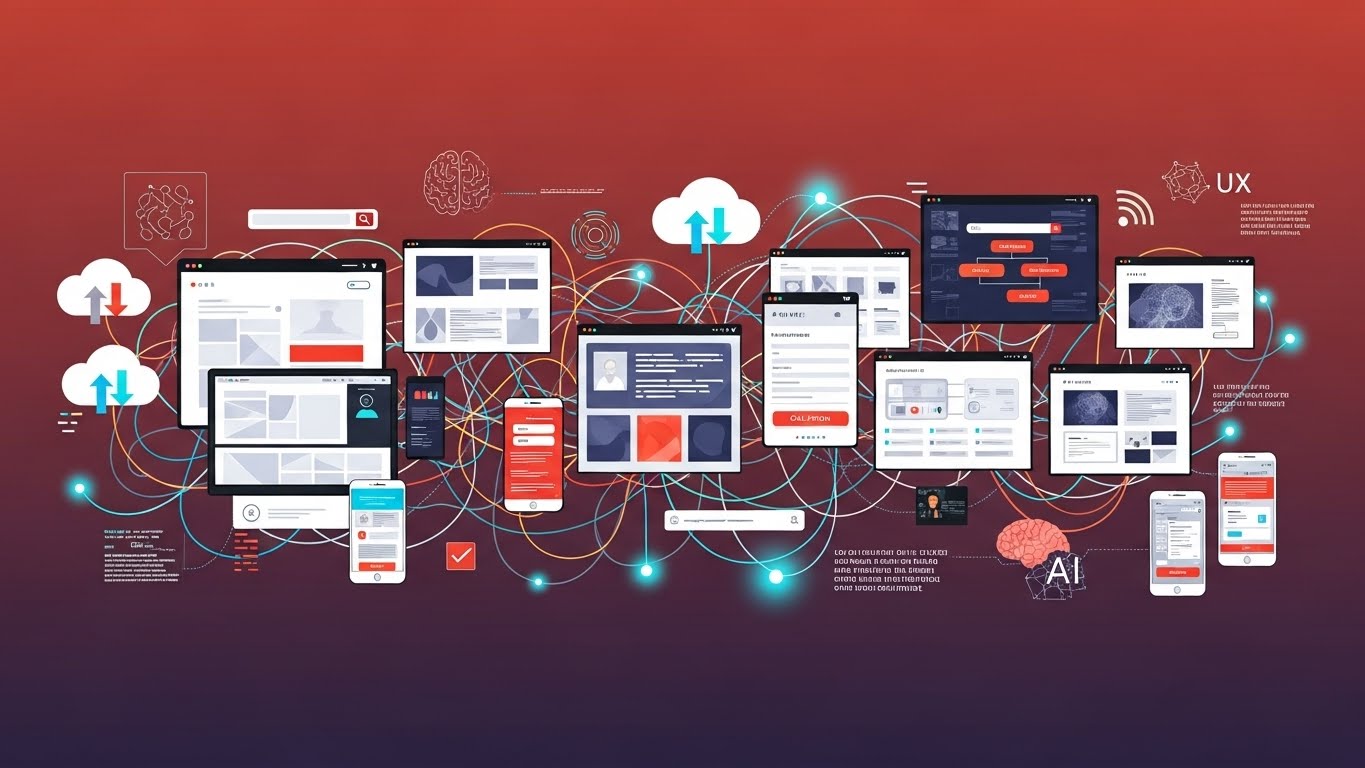










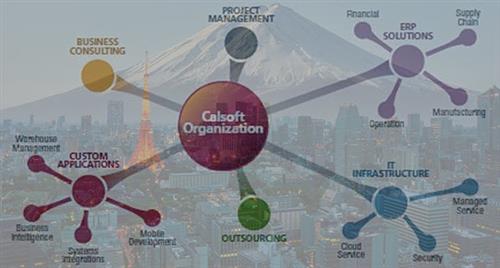



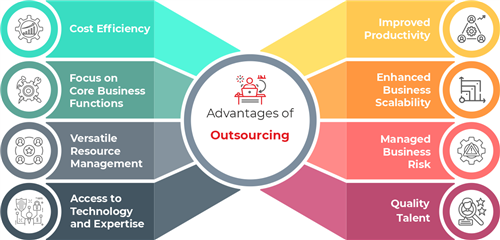
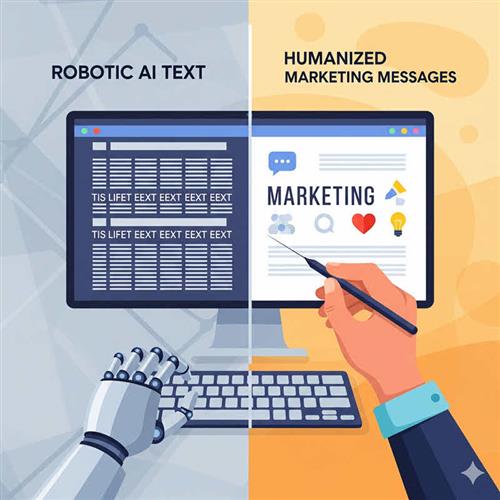
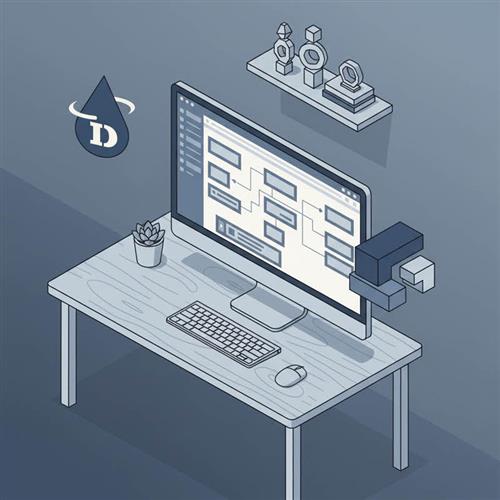
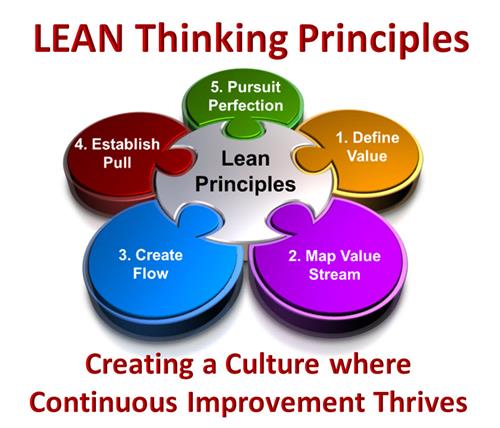

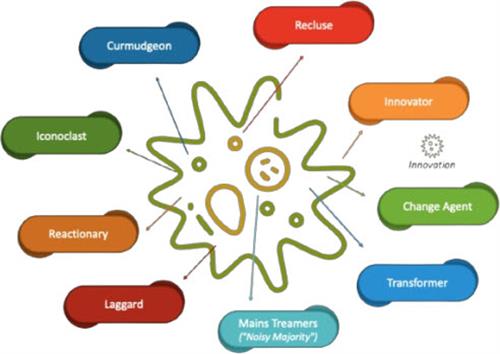

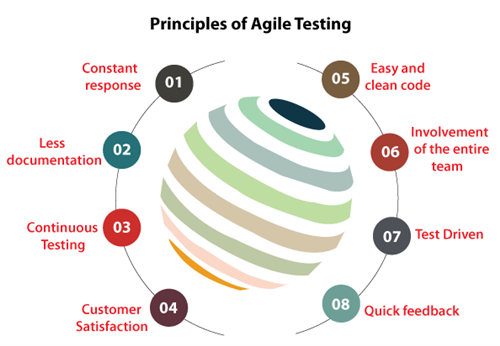






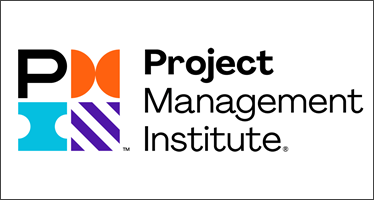



 Link copied!
Link copied!
 Recently Updated News
Recently Updated News